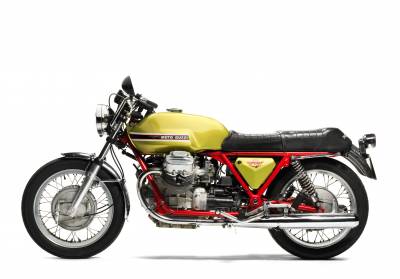In terms of collectability, classic motorcycles have travelled from the tradesman’s entrance right around to the front door, so machines that could have been bought for £25,000 a decade ago can now realise six-figure sums. As with many investment-grade collectables, the growth in the market can partly be attributed to tangible assets being favourable at a time when cash in the bank is earning next to no interest. Yet there’s more to the classic bike boom than simply the promise of profit.
In many cases, people (mainly men) of a certain age have found themselves with the funds to secure the machines they lusted after in their youth. For others, motorcycles represent a more accessible route into classic vehicle ownership than old cars, while some buyers have simply fallen in love with the design, engineering and history that make a bike transcend its status from mere means of transport to one of rolling work of art.
In the league table of collectable British marques, the Brough Superior sits on top. Famously favoured in its day by luminaries such as George Bernard Shaw and TE Lawrence (who died on one), its reputation as “the Rolls-Royce of motorcycles” prevails today. Production lasted from 1919-1940 and the best can now command up to £300,000.







